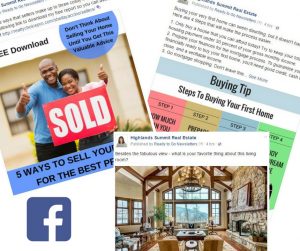By Simon Payn
I just read some astonishing stats about real estate agents (but the same will likely apply to your business) in RISMedia.
• Only 18% of real estate brokerages generate repeat business
• Only 6% of agents with three to five years of experience generate repeat business
• Only 17% of agents with six to 17 years of experience generate repeat business
• Only 38% of agents with 16+ years of experience generate repeat business
And all this is despite the well-known fact that it’s something like seven times cheaper to get business from repeat clients than it is to go banging the bushes for new clients.
Of course, if you are new in business, all your clients are new. But as soon as you have just one happy client, it’s time to start building a relationship that will see that client come back next time.
All you need to do is keep in touch with useful, interesting information to make sure that your client remembers you as the caring professional that you are.
Here’s some simple math to prove my point.
In real estate, the average homeowner might move every seven years.
Imagine you have successfully closed 10 deals, so you have 10 clients to keep in touch with.
You can subscribe to our newsletter service for $697 per year, which gives you fresh content you can send every month. So, for each of your 10 clients, the cost is $69.70 per year. Multiply that for seven years to account for the average amount of time they might stay in a home, and the cost per client is $487.90.
Now, imagine what happens when these people want to list their homes. Conservatively, you might earn $4,000 from each deal (depending on the sale price and commission, of course). So that’s a profit after your keeping-in-touch costs of $3,512.10 per closing. This is money that you likely would not have earned if you had not kept in touch.
Then imagine you have 20 clients to keep in touch with. Or 50. Or 100.
You can do similar math for whatever business you are in.
Figure out how often a client could buy from you and work out how much you make each time that client buys. Then figure out the cost of keeping in touch with that client and subtract one from the other. Remember, if the amount you earn from each client is small, it’s likely they will buy more often and you will have a greater number of clients, which means that the cost of keeping in touch with each is much, much smaller.
When keeping in touch is so easy, it seems a no-brainer way to build your business and income.



